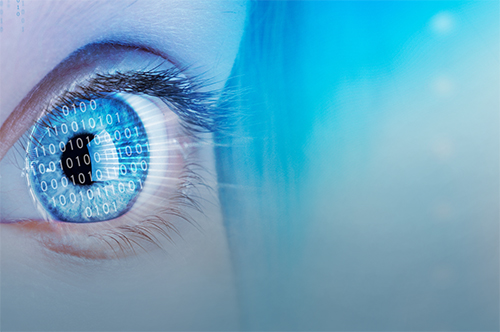
Researchers at York University are the first to investigate whether non-invasive brain stimulation to the visual cortex would be an effective clinical application in the treatment of visual disorders.
Professor Jennifer Steeves, along with former PhD student Sara Rafique, conducted a study examining and comparing biomarkers of two different types of low-frequency brain stimulation to the visual cortex and found windows of brain plasticity that could be valuable in treating visual disorders.
The study “Assessing differential effects of single and accelerated low frequency rTMS to the visual cortex on GABA and glutamate concentrations” is published in the journal Brain and Behavior.
“This is the first study to investigate the application of a clinical protocol of low frequency brain stimulation to visual cortex,” said Steeves, a core member of York University’s VISTA (Vision: Science to Applications), which provided funding for the research. “It reveals windows of brain plasticity that could have implication for the timing of treatment of visual disorders.”
The study, led by Rafique, examined the effects of non-invasive repetitive transcranial magnetic stimulation (rTMS) for therapeutic use in visual-related disorders. Using low-frequency rTMS, researchers were able to investigate the therapeutic potential of this application to the visual brain on altering levels of neurotransmitters (GABA and glutamate).
Using two rTMS regimes commonly used in clinical applications (rTMS to the visual cortex either in a single 20-minute session or five accelerated 20-minute sessions), and measured neurotransmitter concentrations before and after the sessions.
What they found is that neurotransmitter concentrations showed no change following only a single session of rTMS to the visual cortex, but one day of accelerated rTMS (five sessions in a row) significantly reduced neurotransmitter (GABA+) concentration for up to 24 hours with levels returning to baseline within one week of treatment.
This indicates that accelerated rTMS has greater potential for approaches targeting plasticity, or in cases where there are altered neurotransmitter responses in visual disorders.
“These results provide preliminary insight into a critical window of plasticity with accelerated rTMS in which adjunct therapies may offer better functional outcome,” said Steeves.
To read the study online, visit https://onlinelibrary.wiley.com/doi/10.1002/brb3.1845.
